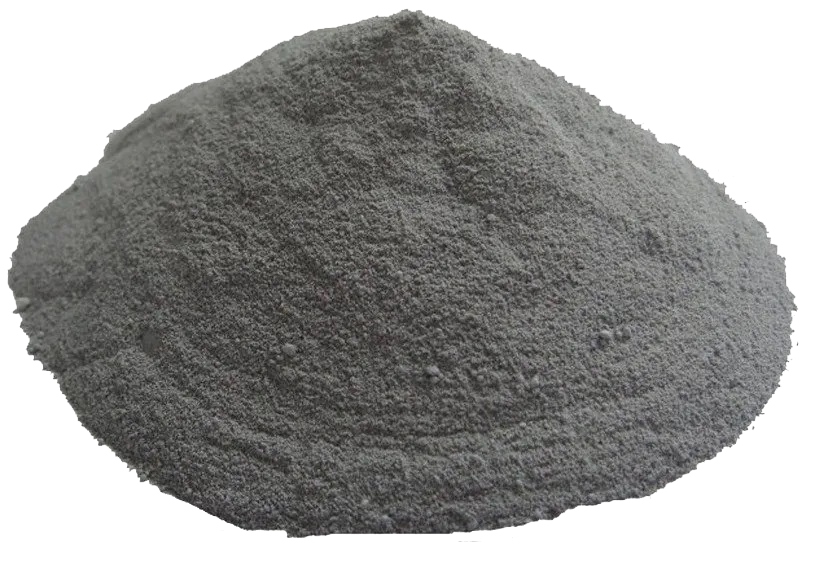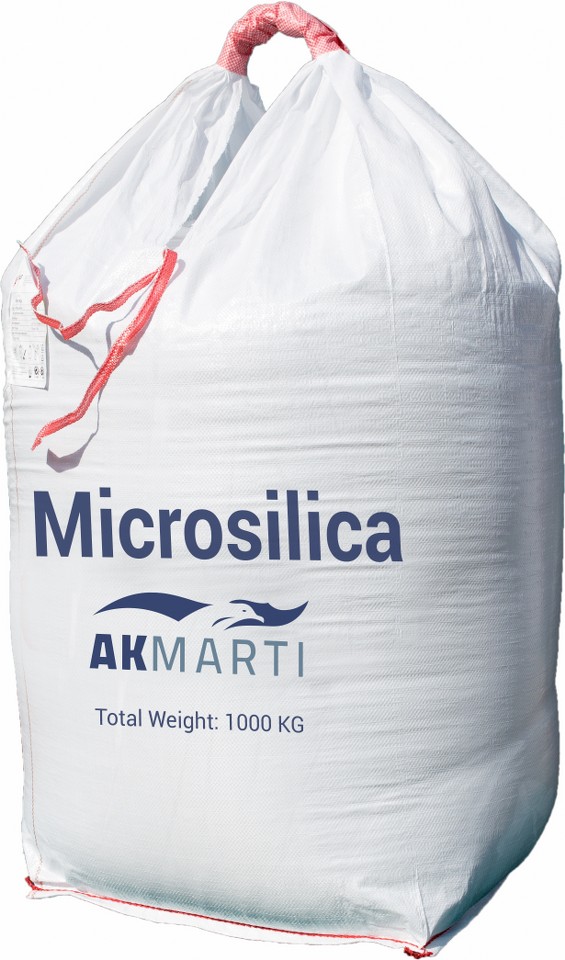Microsilica powder is 100 times finer than ordinary cement !
The main forms of microsilica are as follows:
Undensified (bulk density 200 to 300kg/m3)
Due to the very low bulk density and subsequent problems in handling, undensified microsilica is often considered impractical for use in normal concrete production. Areas where it is used successfully are in refractory products and formulated bagged materials such as grouts, mortars, concrete repair systems and protective coatings.
Densified (bulk density >500kg/m3)
In the densification process the ultrafine particles become loosely agglomerated, making the particulate size larger. This makes the powder easier to handle and cheaper to transport than the undensified form.
Areas where this material is successfully used are in those processes that utilise high-shear mixing facilities, such as precast works, concrete roof tile works or ready-mixed concrete plants with ‘wet’ mixing units, and in the refractory industry. If the bulk density is taken too high during the densification process, the user will experience problems with obtaining proper dispersion of the material. Additionally, material that has been densified beyond 700kg/m3, has shown a tendency, given pessimal combinations of microsihca dosage and cement alkalinity, towards deleterious performance, closely resembling ASR if the large (>100 µm) agglomerates are not broken up.
Pelletised (bulk density >600kg/m3)
Pelletising involves forming the microsilica into pellets about 0.5-1 mm in diameter on a pelletising table using water and a little cement to bind the pellets. Material in this form is not suitable for use in concrete since it is virtually impossible to disperse properly in concrete mixing. Pelletising is a form of treatment most commonly used at times of excess or out-of-specification production to prepare the material for use in landfilling.


